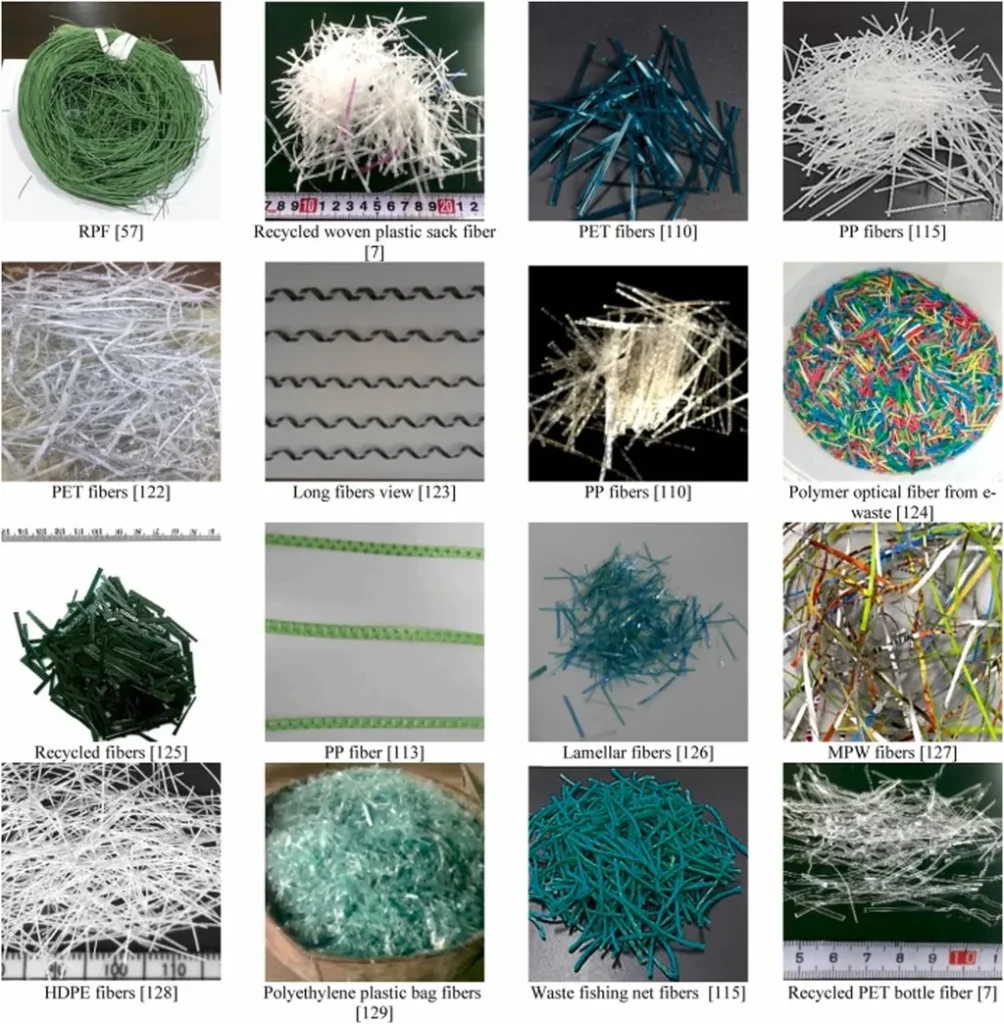In the quest for sustainable construction materials, researchers are increasingly turning to waste materials to enhance the properties of mortar and concrete. A recent study published in *Discover Materials* (which translates to *Kashf al-Mawad* in English) explores the potential of using waste carpet fibers to improve the performance of mortar, with significant implications for the energy sector.
Niyan Abdalkarim Hamid, a researcher from the Civil Engineering Department at the University of Sulaimani, led the investigation into how different concentrations of carpet fiber affect the fresh, mechanical, durability, and thermal properties of mortar. The study tested fiber concentrations ranging from 0% to 1.75% to determine the optimal balance between strength and sustainability.
The findings revealed that adding carpet fiber reduced the compressive strength, slump, and thermal conductivity of the mortar. “The carpet fiber creates additional voids or alters the mix’s structure, which may lower the material’s overall density and cohesion,” Hamid explained. This reduction in thermal conductivity is particularly noteworthy for the energy sector, as it suggests that incorporating carpet fibers could enhance the insulating properties of building materials, potentially leading to more energy-efficient structures.
However, the study also found that adding 0.5% carpet fiber improved the flexural strength of the mortar. “This improvement in flexural strength at lower concentrations indicates that there is a sweet spot for incorporating carpet fibers to enhance the bending ability of mortar without compromising its overall strength,” Hamid noted. Higher concentrations of carpet fiber, however, led to a decrease in flexural strength, highlighting the importance of finding the right balance.
The commercial implications of this research are significant. As the construction industry seeks to reduce its environmental impact, the use of waste materials like carpet fibers offers a sustainable solution. By enhancing the insulating properties of mortar, this innovation could lead to more energy-efficient buildings, reducing heating and cooling costs for consumers and lowering the carbon footprint of the built environment.
This study opens up new avenues for research and development in the field of sustainable construction materials. As Hamid and his team continue to explore the potential of waste materials, the construction industry may see a shift towards more eco-friendly and energy-efficient building practices. The findings published in *Discover Materials* provide a valuable foundation for future research, paving the way for innovative solutions that address both environmental and economic challenges in the energy sector.

